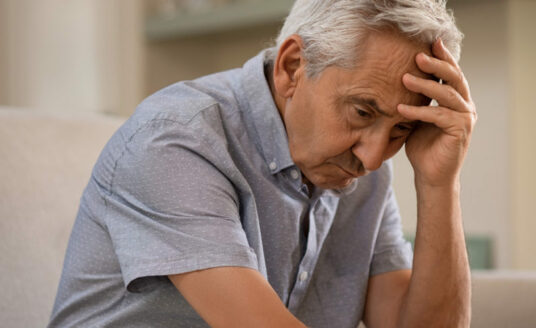Even under “normal” circumstances, senior adults want to age in their own homes, known as “aging in place.” The pandemic has temporarily eliminated the concept of “normal,” and in many cases has increased the desire of seniors to age in place.
Like everyone else, seniors are advised to avoid unnecessary contact with others, wear masks, and practice social distancing. As a result, their homes became not only places of comfort and familiarity, but they became a shelter from a virus with a very high death rate among senior adults.
Seniors, by and large, heeded the warnings of science and discovered new ways to manage their health and happiness.
New Ways to Age in Place during COVID-19
1. Receiving medical care and medications
Senior adults have more extended health care needs than younger people, and the challenge became how to attend to these needs while remaining in the home.
Out of fear, some seniors were rejecting the idea of home health services, despite the fact that home health personnel were strictly following safety guidelines. Also, visits to physician offices, outpatient therapy centers, and even hospitals were severely curtailed.
Telemedicine, which provided a video and audio link between the seniors at home and health care professionals, became more widely used. However, a significant number of senior adults were unable to benefit from this service. According to a study, a large number of these included low-income males in remote rural areas, especially those with disabilities and poor health.
Additionally, a lack of technical knowledge on how to get online also hampered telemedicine efforts, though some home health staff assisted in making the connection between physician and patient in the senior’s home.
However, new data on telemedicine shows that the overall use of telemedicine among seniors during the pandemic increased. Physicians also consulted with senior patients through other online portals or via telephone, and new technologies are assisting seniors in monitoring their medications and overall health.
Pharmacies increased their home delivery services of medications, and video conferencing sites like Zoom enabled family members to both see and hear how their senior loved one was doing in real time.
2. Obtaining food and other supplies
Meal and grocery delivery services allow seniors to stay home and avoid potential exposure to the coronavirus. Even pet food and supplies could be delivered to the home.
3. Staying connected and other support
Seniors should stay connected and involved in activities to stimulate the mind and body. Phone calls, texts, emails, video conferencing, and visits outside a senior’s window are ways to stave off a loved one’s feelings of isolation and loneliness.
During the pandemic, many older adults expanded their tech literacy, and as a result, online exercise classes, educational courses, chat forums, game sites, and other activity-rich online resources became quite popular.
4. The “Wisdom” factor
One other factor helped seniors age in place during the pandemic: wisdom.
Though anxiety and depression increased among seniors during the pandemic, studies showed that older adults were affected less negatively by mental health challenges than other age groups. According to JAMA Network, when dealing with COVID-19: “Older adults tend to have lower stress reactivity, and in general, better emotional regulation and well-being than younger adults.”
Why was this? According to JAMA, an additional factor to consider is wisdom, a complex personality trait comprised of specific components, including prosocial behaviors like empathy and compassion, emotional regulation, the ability to self-reflect, decisiveness while accepting uncertainty and diversity of perspectives, social advising, and spirituality.
Senior Communities Respond
As the coronavirus affected those living in nursing homes and senior living communities, these facilities responded. Communal dining ended, replaced by meals served to residents in their rooms. Social activities became more individualized with staff increasing interaction with individual residents.
Visitation was severely restricted and adherence to Centers for Medicare and Medicaid Services, and the Department of Health and Senior Services guidelines were followed. In addition, increased monitoring and screening of residents and staff members were put in place.
Hope for the Future
Now that vaccines are being administered to nursing home and senior community residents and staff members, to be followed closely by adults with high-risk medical conditions and those 65 and older, hopes begins to rise. But as the negative effects of COVID-19 will long be felt, some of the consequences may even be positive.
Experts predict a boom in innovations and technology that will improve life in later years.
People have had time to assess future plans and values. This may mean placing a greater emphasis on end-of-life care planning and starting to think about how we want to live our lives in our later years a little earlier.
Senior health may receive more emphasis, as poor overall health and specific risk factors like diabetes, heart problems, and obesity caused increased risk for serious consequences from the virus.
Finally, we may have learned more about each other—the importance of family and friends, the support of neighbors and the community, and the devotion, sacrifice, and commitment of health care professionals who have responded so magnificently.
Contact us to learn more about Bethesda’s in-home senior care services, like our Care Management Program, to help you age in place during the pandemic.
Want to find out more?
If you’d like to stay up to date with Bethesda Health Group, sign up here to receive our blog and newsletters!
"*" indicates required fields
Related Articles
Want to find out more?
If you’d like to stay up to date with Bethesda Health Group, sign up here to receive our blog and newsletters!
"*" indicates required fields



